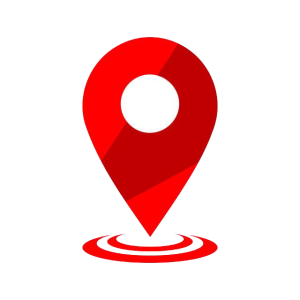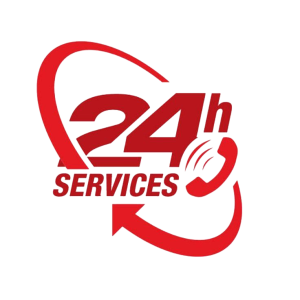A engine code reader is a vehicle diagnostic tool that interprets malfunction indicators in your automobile. These devices connect to your vehicle’s OBD system to detect malfunctions that might be illuminating indicator lights on your control panel. OBD readers have become indispensable equipment for both automotive technicians and DIY car enthusiasts looking to diagnose what might be malfunctioning in their vehicles. https://carcodescanner.store/
Primary Functions and Uses
The principal job of a code reader is to interface with your vehicle’s computer system and obtain diagnostic trouble codes (DTCs). Each diagnostic code provides a quick reference of a specific malfunction your auto may be facing, guiding you toward a individual element or area that may be operating incorrectly. For illustration, when the engine warning light shows up on your console, it’s initiated by the onboard diagnostics, and a OBD reader can indicate to you exactly what initiated it.
These code readers work by interfacing with the On-Board Diagnostics port in your car. Almost all cars produced after 2001 have an electronic monitoring system, which uses different detectors to check vehicle performance. When a system isn’t performing normally, the onboard diagnostics generates a DTC.
Different Car Scanner Categories
There are two primary types of OBD equipment that are often confused with each other:
Basic Code Readers: These are entry-level tools that can detect and clear DTCs and turn off the malfunction indicator. They supply basic data but typically don’t have sophisticated analytical functions. Simple diagnostic tools are usually cheaper and good for average drivers.
Scan Tools: These high-end devices not only scan codes but also provide problem-solving guidance and advice on accurately identifying problems. Advanced scan tools can detect pending, universal, and proprietary codes, log and show live data, plot readings, and use certain PIDs. High-end scan tools can also conduct bidirectional control, permitting users to send directions to examine various parts.
Scanner Compatibility Information
OBD2 became the common format for car troubleshooting in the United States for all automobiles produced after January 1, 1996. Other territories adopted it later:
Canada: 1998
EU: 2004
Other global markets: 2006
This standardization means that a single scanner can perform on multiple vehicle brands and variants, though some complex features may be limited to individual makes. For automobiles manufactured earlier than the OBD2 introduction years, dedicated legacy diagnostic equipment are essential, which are typically make-dependent since original diagnostic protocols weren’t consistent.
Features of Modern Car Code Scanners
Current car code scanners range from simple to advanced:
Core Capabilities: Identifying and resetting trouble codes, assessing emission readiness monitors
Mid-Level Capabilities: Presenting live data from different sensors, displaying freeze frame data (snapshot of parameters when the problem occurred)
Professional Features: Connecting to proprietary components like brake control, supplemental restraint systems, drivetrain, executing active tests, and even coding particular parts
Today’s OBD devices might also offer graphic displays, RF or Wi-Fi connectivity for upgrades, and smartphone app integration. Many high-end OBD equipment can interface with web resources that deliver in-depth service details based on the particular codes retrieved.
Why You Should Use a Scanner
Owning a diagnostic tool provides several positives:
Money Savings: Diagnosing issues yourself before delivering your car to a mechanic can save on inspection costs
Proactive Maintenance: Spotting troubles before they become serious can stop more pricey repairs
Time Saving: Checking and removing codes at home eliminates trips to the mechanic or automotive store
Information: Understanding what’s occurring with your transport gives you more control when negotiating repairs with repair professionals
Using Your Code Reader
Using a typical car code scanner typically involves these procedures:
Find the OBD port (usually underneath the control panel on the driver’s side)
Connect the diagnostic tool to this port
Turn the key to the “ON” position and avoid starting the engine
Allow time for the tool to connect with your vehicle’s electronic control unit
Go to the “Read Codes” option and pick it
Look at any fault codes that show up and look up the scanner’s manual or internet references to translate them
For individuals interested in servicing their automobile or saving on diagnostic costs, a diagnostic tool is a worthwhile expense that provides insight into your vehicle’s condition and behavior.



